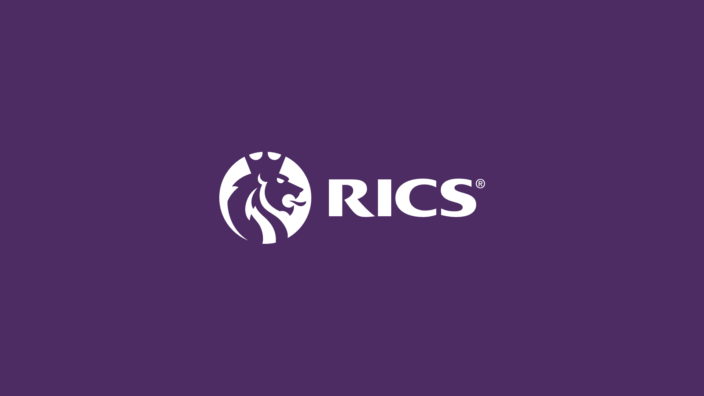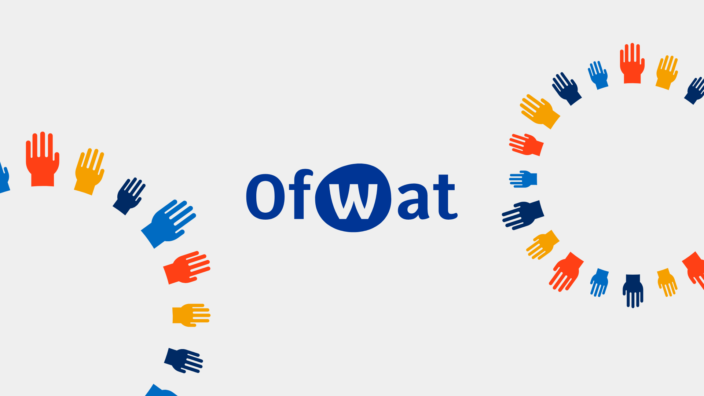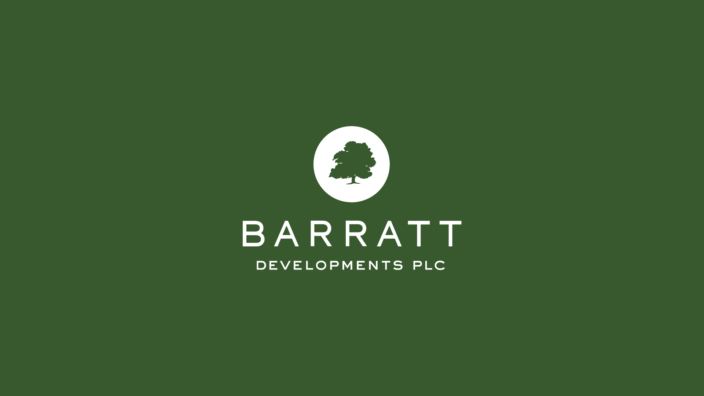Strategic review and stakeholder engagement
We believe that achieving long-term sustainable success is founded on a deep understanding of context, people and your probable and preferred futures. Only then can you develop evidence-based, purpose-driven, future-proof strategies that truly deliver the change you need.
We regularly tune in to what our clients and networks are thinking; it’s clear that organisations and businesses are increasingly seeking breakthrough ideas in response to our rapidly changing world. They are asking how to adapt to the big challenges of the climate emergency, resources, economic instability, and inequalities in society. And they know that they can’t answer these challenges alone – they need the active engagement of partners, employees, customers, citizens and communities to make meaningful progress and deliver measurable impact.
If you’re asking these questions too, then our approach might be the difference you’re looking for. Our challenging breakthrough thinking can help you keep your finger on the pulse of external context, explore and optimise your stakeholder analysis, and inform your future scenario planning.
Stakeholder analysis
Businesses and organisations have traditionally looked to engage citizens, customers, colleagues or communities for two reasons:
- Listening to their perceptions and priorities, at a moment in time, to help with decision-making and business planning
- Engaging them in landmark projects and programmes to demonstrate value and secure buy-in.
So, how do we achieve greater insight and more active engagement? In our view, real value comes from nurturing deeper human connections for the longer-term – engaging people in achieving a shared positive future. Whether it’s how to change the way we think about the resources we use, or how to address social inequalities, or risks to health and climate, behaviour-driven engagement matters. Scientific reports suggest that behaviour change can deliver between 30% and 60% of the actions required to mitigate climate change. We therefore need a much closer understanding of people, their biases and motivations if we are to develop effective solutions and activate change at the scale we need.
To achieve real value, we need to move the needle from dialogue and engagement to active participation, collaboration, co-creation and innovation. This generates:
- More focused and relevant strategies
- Richer insight and more trusted relationships
- Deeper understanding of experiences, barriers and motivators
- More effective interventions and solutions
- More sustainable people-centred products and services
- Shared ownership and action
- Meaningful innovation
- More effective behaviour change campaigns.
We believe the starting point is to be clear on the outcomes you seek – why it matters, and what you want people to think, believe and do. We can help you define your brief and develop the right processes to achieve your organisational goals.
Stakeholder research and analysis
Gather stakeholder voice and insight, and stakeholder analysis to create more robust strategies that earn trust.
Engagement and participation strategies
Develop strategies that engage stakeholders as active participants in bringing your strategy to life.
Collaborative change programmes
Design initiatives and programmes to involve stakeholders in shared, collaborative and transformational change.
Context and materiality reviews
We are living in the most dynamic period for working life in the last 100 years. Trying to simplify the complex and identify your most material issues against a backdrop of pandemics, financial and technological uncertainty, the climate crisis, and changes to the ways we all work can be challenging. Against that backdrop, how can you decide what really matters for your organisation?
Our How on Earth context hub is a rich source of information that can be tailored to meet your needs. Our seven-step methodology is designed to bring focus, depth and rigour to your strategic review process, while keeping line of sight to your goals and the change you need to activate. It works like this:
- Define the challenge and your goal
- Gather the evidence and insight
- Analyse the evidence, emerging themes and trends
- Define your priority material issues
- Articulate your probable, preferred and plausible futures
- Create traction by defining ownership, reporting and next steps
- Activate by changing mindsets, skillsets and defining actions.
There are a host of benefits to this approach. It results in better informed, more robust and resilient business and sustainability strategies. It frames a clear definition of your sustainable business priorities, and generates an understanding of the difference between trends, signals and issues. And it fuels the creation of agile strategies that can adapt to external change.
Context research and analysis
Understand the current best available information on trends to inform your plans and strategies.
Materiality research and analysis
Identify the key issues that are material to your organisation to help prioritise your programmes and actions.
Future scenario planning
Times of uncertainty and change can either fuel inertia and panic, or drive fresh thinking, innovation and the opening-up of new opportunities, products and services. Using evidence to inform long-term planning helps organisations respond positively and purposefully in the face of volatility, giving them control and the space to prepare.
Organisations that are ready for change have increased opportunities to think and act to achieve sustainable success. They do this by continually reviewing and understanding context, defining their preferred future, and bringing that future to life.
Our process for planning future scenarios couples a rigorous approach to evidence gathering, with creative thinking and analytic interpretation. It’s built around six key principles:
- Differentiate between trends (based on evidence), signals (that could become trends) and debates (where there are differences in opinion)
- Prioritise issues by ‘need for speed’, potential impact on the business, risk of inaction and opportunity if you act
- Show the connection between issues as systems so you understand the links
- Define the probable future (if nothing changes), plausible futures (depending on which dials are turned up), and your preferred future
- Turn your preferred future into an evidence-based narrative that appeals to both reason and emotion
- Don’t stop there; bring that future to life.
Scenario planning
Create tailored, informed scenarios of the probable future, plausible futures and your preferred future.
Future narratives
Create compelling narratives to bring your future scenario planning and sustainable business strategy to life.
Want to discuss a strategic review and stakeholder engagement project?
Get in touchRelated projects
Redrow
Building a communications strategy for sustainable business
RICS
Engaging employees by demonstrating strategic leadership
WWF
A strategic planning toolkit to drive global stakeholder engagement
Ofwat
A new strategy to help drive active customer participation
WWF
An insight-driven framework to shape sustainable behaviour change
Barratt Developments
Strategic sustainability


